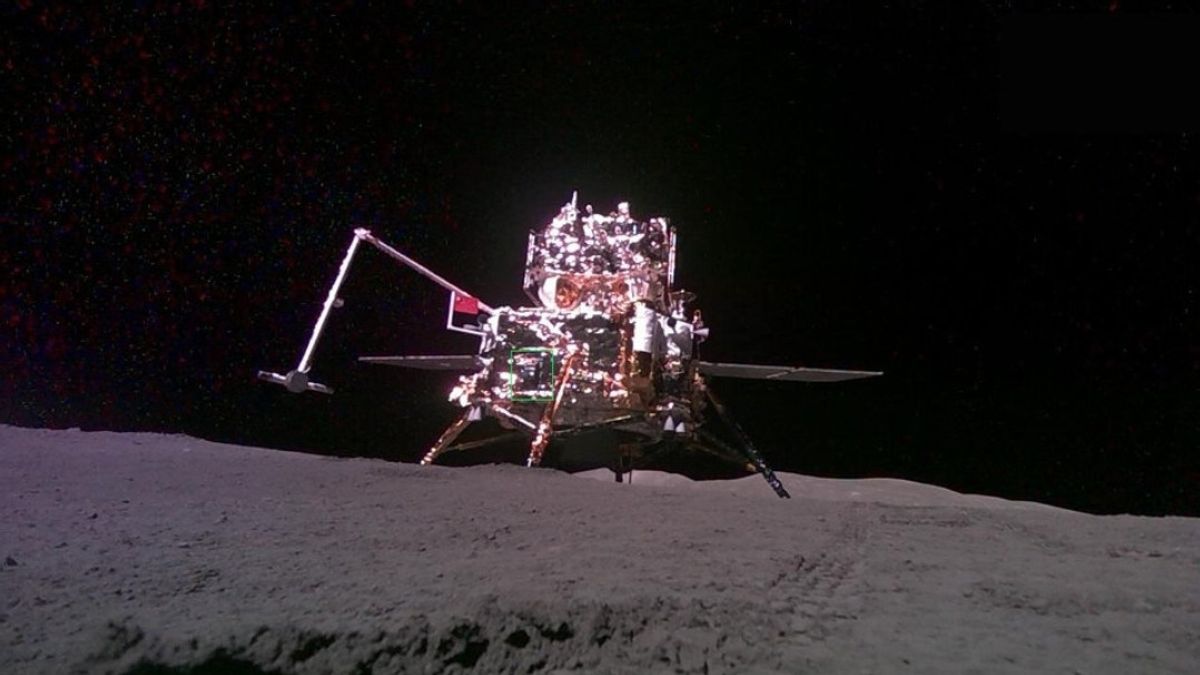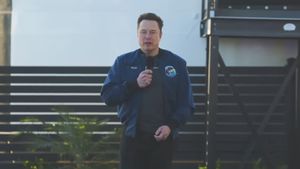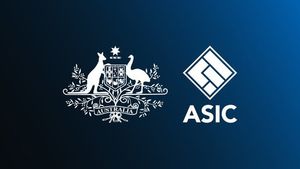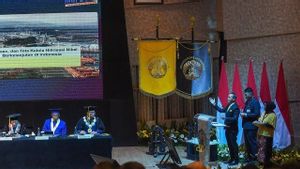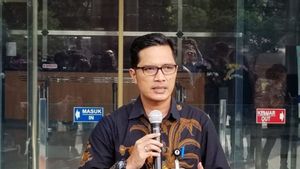JAKARTA The European Space Agency (ESA) assisted China in the success of the Chang'e-6 mission. The agency provided the payload to collect and bring home samples from the far side of the moon. The payload developed by the Swedish Institute of Space Physics managed to collect samples earlier this month. The Negative Ion instrument team on the Moon Surface (NILS) of ESA also said that the Chang'e-6 mission had been successful. With the success of the NILS experimental mission through the launch of Chang'e-6, cooperation between Europe and China will end. After launching Chang'e-6, China plans to launch Chang'e-7 and Chang'e-8, but ESA has no intention of re-corlaborating. To Spacenews, ESA International Relations Administrator Karl Bergquist said that ESA has not yet had any decision regarding the launch of Chang'e-7 and Chang'e-8. ESA will also not be involved in the construction of the International Moon Research Station (ILLRS). "ESA will not cooperate in ILRS because this is a China-Russia initiative," Bergquist said. He added that they cannot cooperate with projects that include Russia because the country is being embargoed.
SEE ALSO:
Apart from not supporting the construction of the ILRS, ESA has also stopped pursuing opportunities for the launch of European astronauts to the Tiangong Space Station. In fact, ESA had exchanged training with China. Since the ILRS was designed in 2021, Moscow and Beijing have planned to invite ESA to make the program a success. However, the prospect of this collaboration failed because Russia invaded Ukraine in 2022.
The English, Chinese, Japanese, Arabic, and French versions are automatically generated by the AI. So there may still be inaccuracies in translating, please always see Indonesian as our main language. (system supported by DigitalSiber.id)
